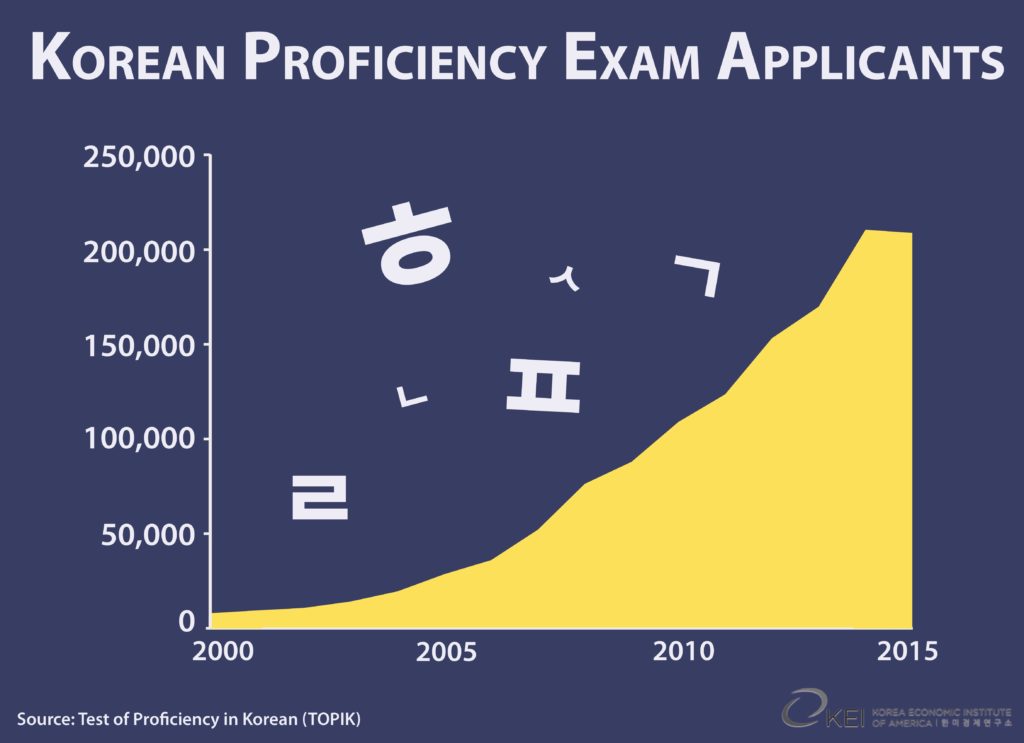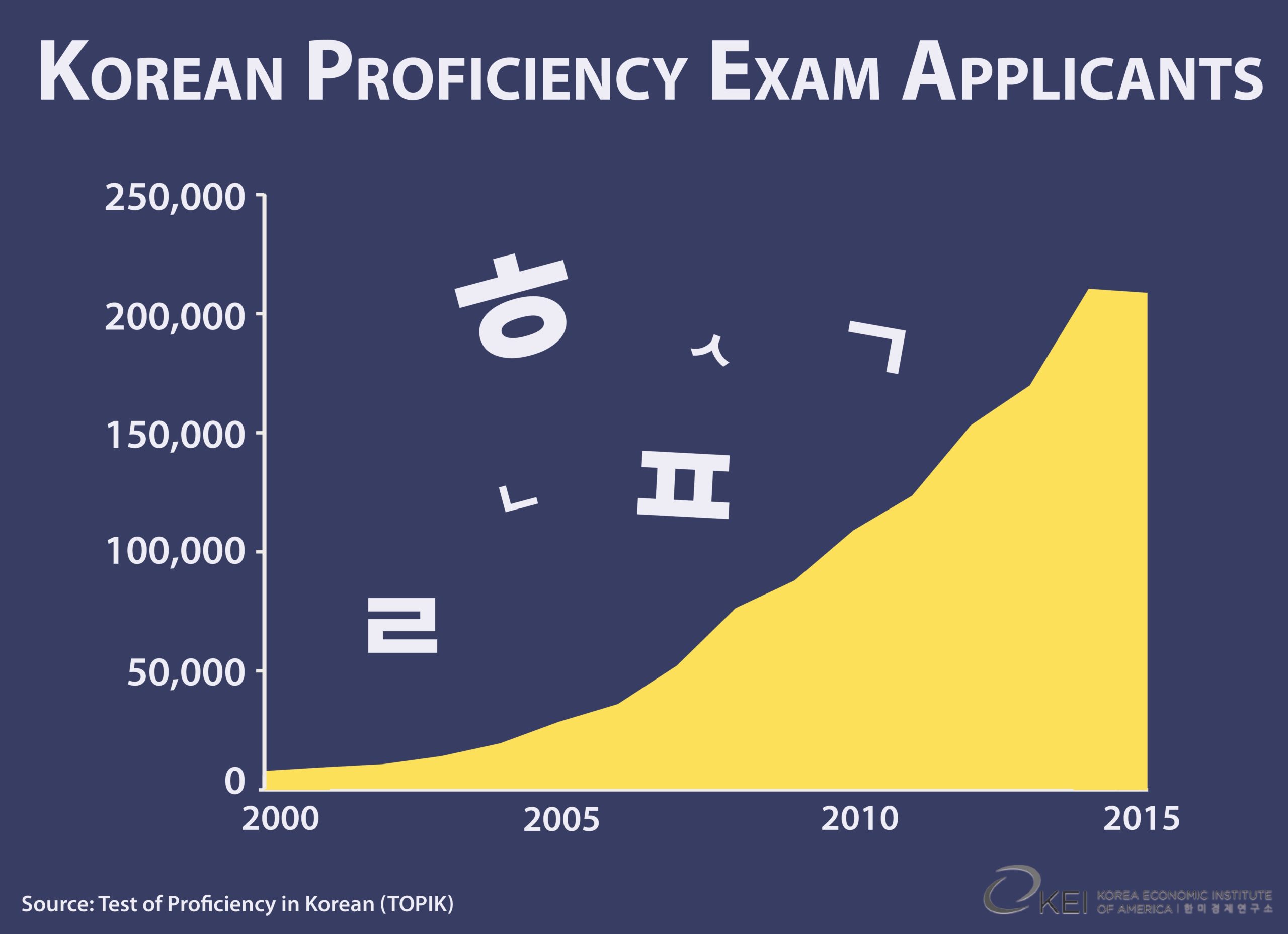The Peninsula
Korean Language Continues to Gain Popularity Worldwide

By Jenna Gibson
In Thailand, students applying to college will soon have the option of using Korean as their foreign language.
Beginning in 2018, Korean will become the seventh foreign language available on the test, along with Chinese, Arabic, Japanese, French, German, and Pali. English communication is also a required part of the exam.
This move comes amid growing demand for Korean language learning in Thailand, where Korean pop culture products are wild successes.
“Thailand has been swept by Hallyu for the past couple of years, and many Korean celebrities and singers are quickly gaining popularity. Not just second and third generation overseas Koreans, but also native Thais are wanting to learn Korean,” said Yoon So-young, director of the Korean Language Institute in Thailand, in response to the announcement. “The government’s decision to adopt Korean on the college entrance exam is taking a big step toward meeting the growing demand.”
Thailand is not the only country where the popularity of Korean pop culture, or Hallyu, has brought increased demand for Korean language classes. The King Sejong Institute Foundation, a Korean government initiative that has established 130 language institutes in 50 countries, was established in 2012 in part because of “Rapid increase in the Korean language education thanks to the spread of Hallyu.”
But celebrity crushes are not the only reason more people around the world are interested in learning Korean. As a recent article in The Phnom Penh Post noted, thousands of Cambodians are diligently studying the language in the hopes of getting a coveted work permit to move to South Korea or to get a job with a Korean company in Cambodia. Nearly 55,000 Cambodians have applied to take the official Korean proficiency exam (TOPIK) so far in 2016.
Meanwhile, across the Pacific, American institutions continue to increase the availability of Korean language courses. Famous for its language instruction, Middlebury College opened its School of Korean in 2015. And MIT recently announced that they will begin offering their own Korean courses in the fall of 2016. The school had been offering four Korean classes in partnership with Wellesley College since 2014, but after two years of excess demand MIT decided to create their own courses.
“There’s been a lot of interest in MIT-Korea on campus,” Matt Burt, managing director of MIT-Korea, told The Tech, MIT’s campus newspaper. “People are interested in Korean popular culture, but also want to explore Korea’s growing technological scene, which appeals to the MIT community.”
“MIT-Korea launched in 2012. The first year, we only had five interns. This year, so far, we had 16 students travel to Korea over IAP and at least 20 interns will be working there in the summer,” Burt added. “I suspect that there would have been more students going had there been the option to take MIT-taught Korean classes, so hopefully, the number of participants in MIT-Korea will only rise with this change.”
These new courses are part of a wider trend in the United States, as American students grow increasingly interested in learning Korean. In fact, Korean was the only language to experience significant growth in the United States over the last few years, with the number of students studying Korean increasing 44.7 percent even as overall language enrollment decreased 6.7 percent.
Jenna Gibson is the Director of Communications at the Korea Economic Institute of America. The views expressed here are the author’s alone.
Photo from Hyunwoo Sun’s photostream on flickr Creative Commons.

